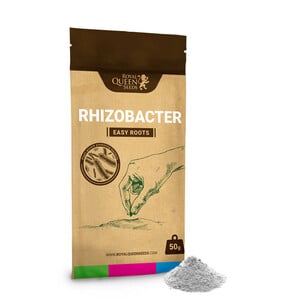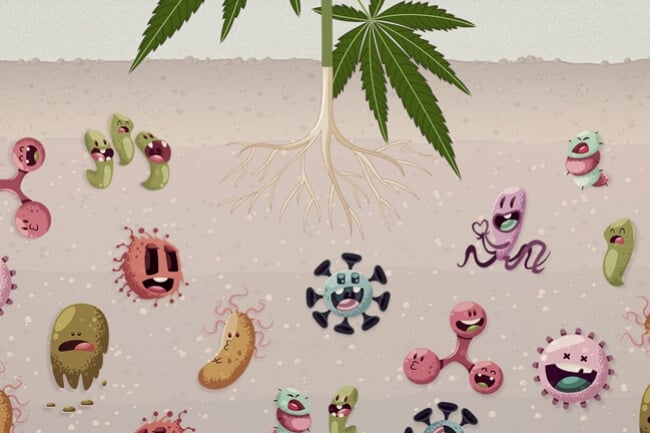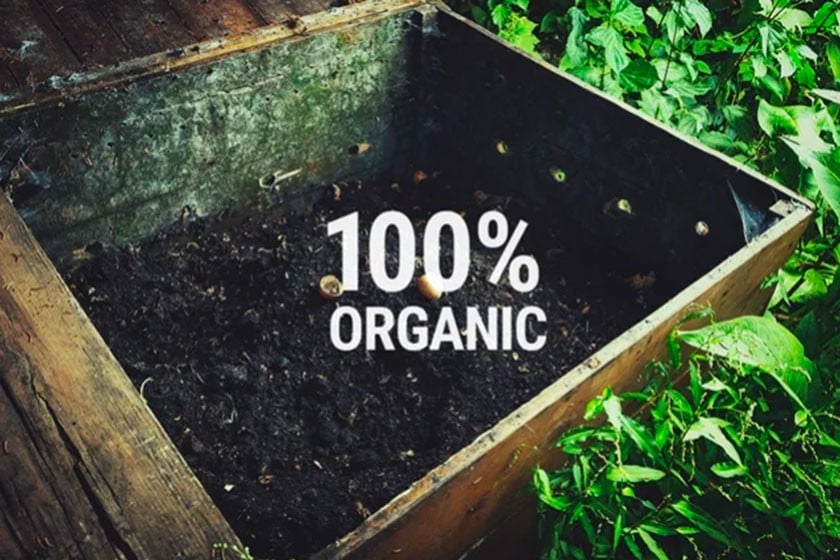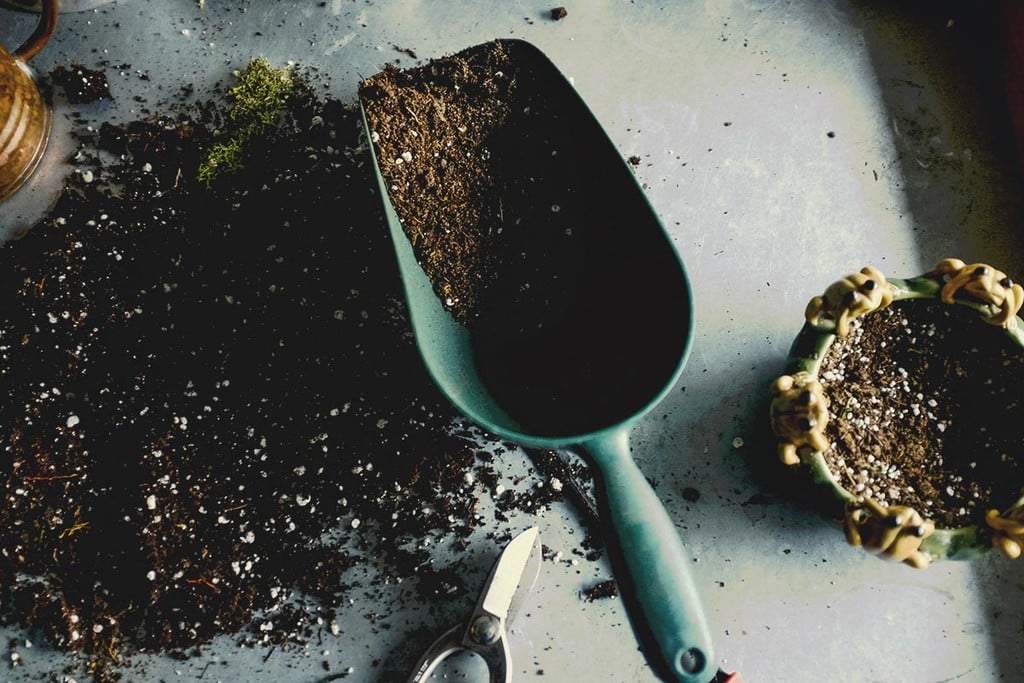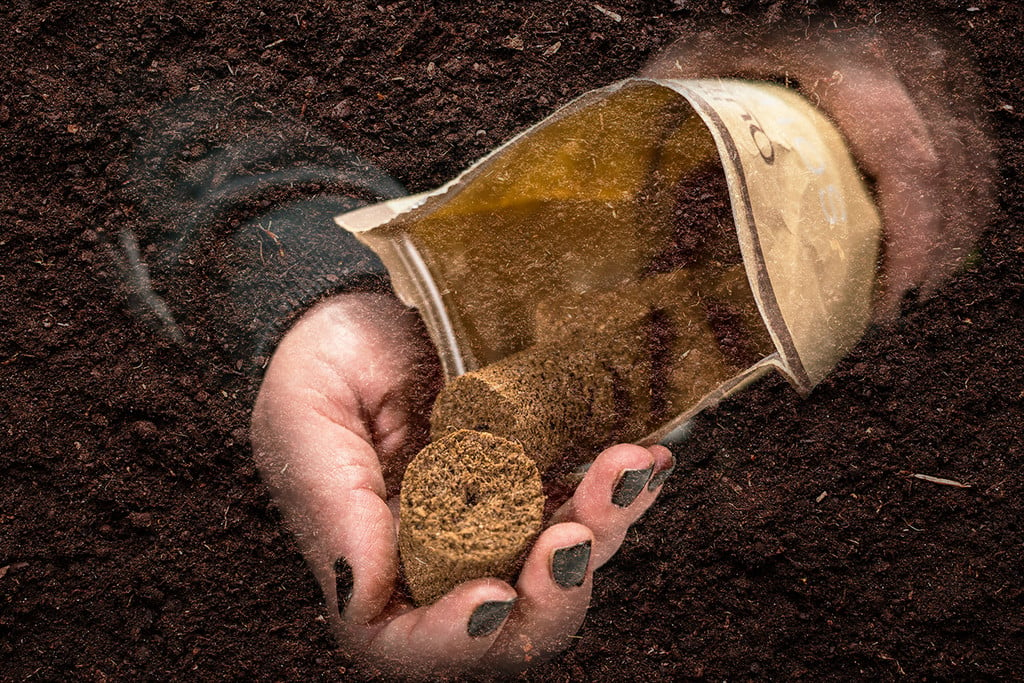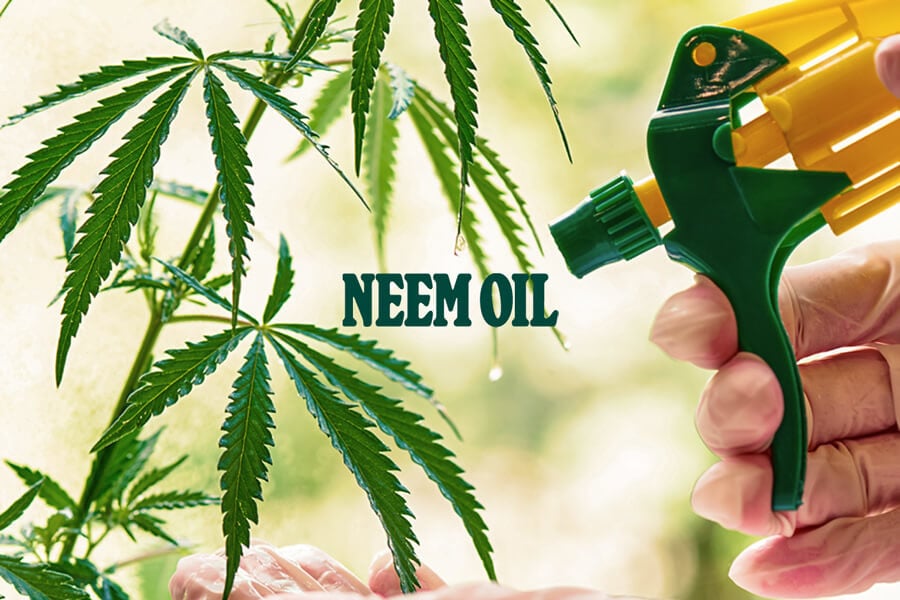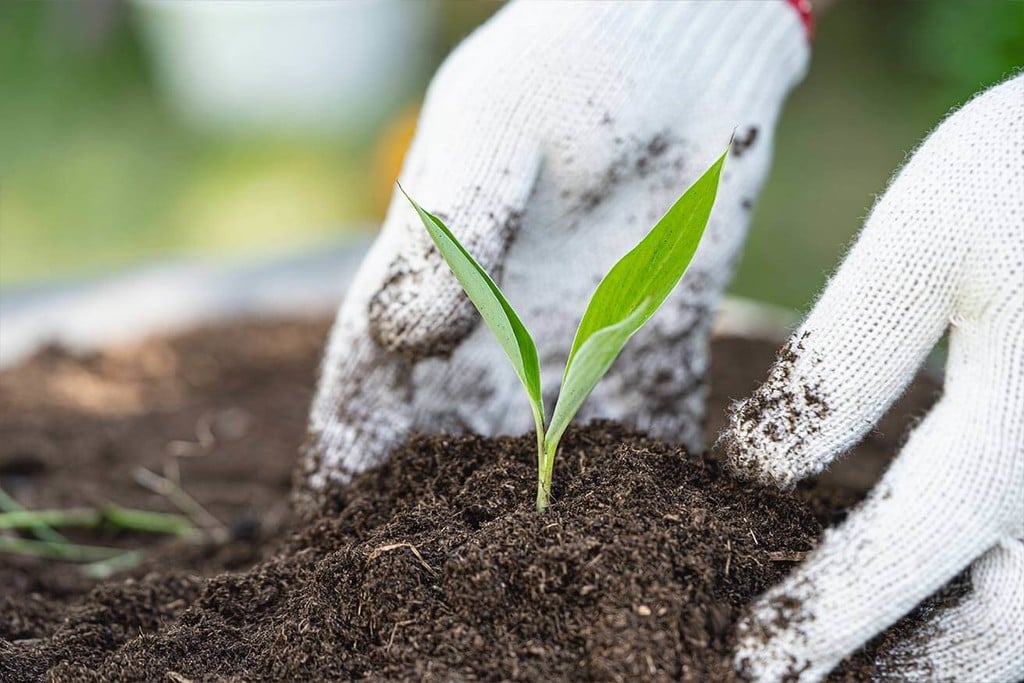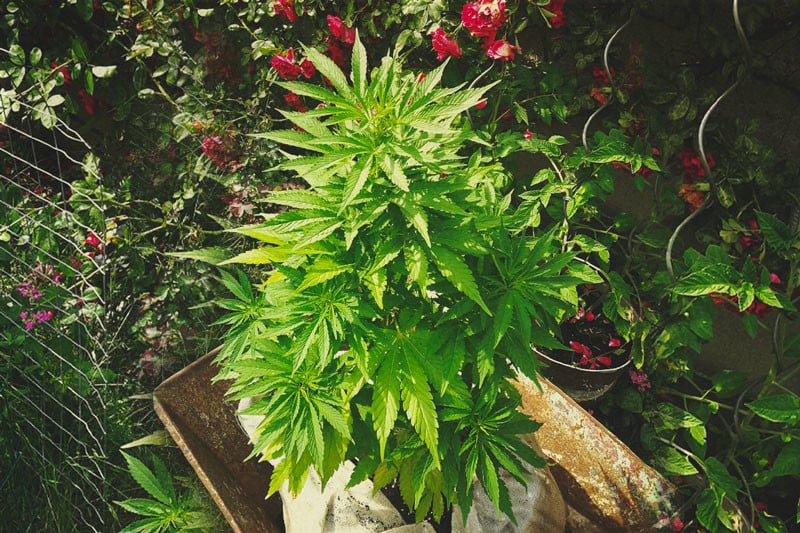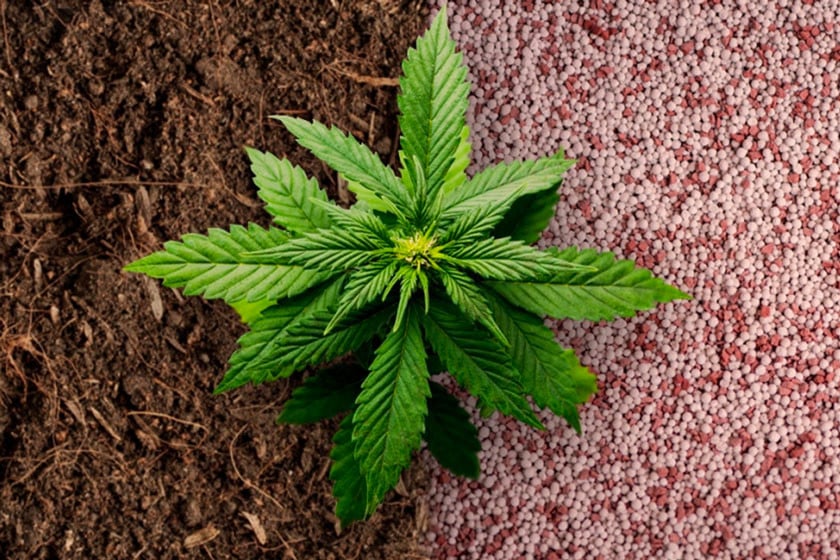 Weed Grow Guide by Royal Queen Seeds
Weed Grow Guide by Royal Queen Seeds
- Growing weed step by step
- Cannabis growing basics
- Choosing your seeds
- How to germinate seeds
- The cannabis vegetative stage
- The cannabis flowering stage
- Harvesting cannabis
- Trimming, drying, and curing
- Choosing pots and soil
-
Growing indoors
- A Complete Overview Of Growing Cannabis Indoors
- Cannabis Cultivation Tips: How To Set Up Indoor Grow Lights
- How Many Cannabis Plants Can You Grow Per Square Metre?
- Indoor Cannabis Growing: Relative Humidity and Temperatures
- Hydroponics Cannabis Growing Guide (with diagrams)
- Cannabis Micro Growing: Growing Great Weed in Tiny Spaces
- Growing outdoors
- How to grow autoflowering cannabis
- Cannabis nutrients and pH
- Cannabis troubleshooting: Nutrients
-
Cannabis troubleshooting: Growing
- Cannabis Seed Germination — Troubleshooting Guide
- How to Deal With Pythium (Root Rot) in Cannabis Plants
- Slow Cannabis Plant Growth And What You Can Do About It
- How to Deal With Leggy Cannabis Seedlings
- Watering Your Cannabis: How to Fix Overwatering and Underwatering
- Understanding Male, Female, And Hermaphrodite Cannabis
- Identifying and Treating Common Cannabis Ailments
- How To Revive a Sick Cannabis Plant
- How to Avoid Mouldy Weed During Drying and Curing
- How to Prevent and Treat Dry and Crispy Cannabis Leaves
- What Cannabis Leaves Can Tell You
- Causes and Solutions for Yellow Cannabis Leaves
-
Cannabis Strains Grow Report
- HulkBerry Automatic Grow Report
- Blue Cheese Auto Grow Report
- Purple Punch Automatic Strain Grow Report
- Triple G Automatic Grow Report
- Do-Si-Dos Automatic Grow Report
- Green Gelato Automatic Grow Report
- Haze Berry Automatic Grow Report
- Purple Queen Automatic Grow Report
- Cookies Gelato Automatic Grow Report
- Sherbet Queen Automatic Grow Report
- Sweet Skunk Automatic Grow Report
- Medusa F1 Grow Report
- Cannabis plant training
-
Weed growing tips
- The Cannabis Plant Anatomy
- How to preserve seeds - UK
- How Much Sunlight Do Outdoor Cannabis Plants Need To Grow?
- How to Control and Prevent Stretching in Cannabis Plants
- My Cannabis Plants Are Growing Too Tall: What Should I Do?
- Should You Worry About Purple Or Red Cannabis Stems?
- What To Do When Your Indoor Cannabis Won’t Flower
- How To Protect Your Cannabis Plants From Heat Stress
- How To Tell If Your Female Cannabis Plant Has Been Pollinated
- Growing Medical Marijuana
- Bud Washing: How to Clean Your Weed
- Understanding Cannabis Yield per Plant
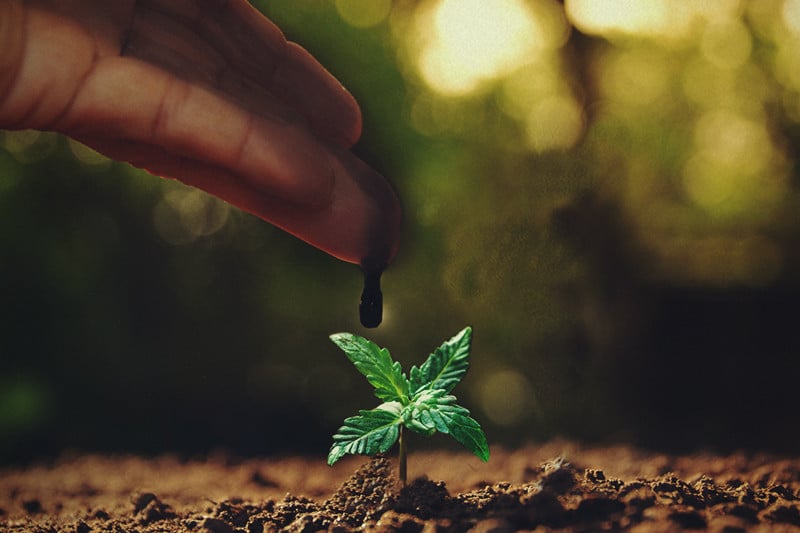
Molasses: An Excellent Supplement for Cannabis Plants
Contents:
Molasses serves as an important tool in the arsenal of many organic cannabis growers. This sweet and sticky substance introduces plenty of sugars and beneficial nutrients into the growing medium, feeding both the plants themselves and beneficial soil microbes.
What Is Molasses?
A dark, sweet, and syrupy substance, molasses stems from the processing of sugars from sources including beets and sugarcane[1]. Molasses is the residue left from the crystallization process of sugar, from which no more sugar can be obtained by physical methods. It is made by boiling, for example, the juice of the sugar cane, until the partial evaporation of the water, forming a syrupy product semi-crystallized[2].
-
Why Is Sugar Important for Cannabis?
It might come as a bit of a surprise, but sugar is vital to healthy and robust cannabis plant development[3]. Not only is sugar responsible for energy metabolism, but it also serves as a type of chemical messenger that helps promote health throughout the cannabis life cycle[4]. The production and distribution of sugars is something cannabis does naturally, but it can use assistance in the form of various practices and supplements. Enter molasses.
What Are the Benefits of Molasses for Cannabis Plants?
While sometimes used as a sweetener or cooking ingredient, molasses is also used to improve the health and yield of cannabis plants. This sticky syrup contains a wealth of nutrients that help to drive plant development and soil health, including:
- Carbohydrates: These simple sugars serve as a life-giving energy source to beneficial microbes in the soil. As you feed bacteria and fungi in the rhizosphere, they multiply and help plants tap into nutrients.
- Calcium: This mineral plays a crucial role in plant physiology, contributing to tissue growth and the structural integrity of cell walls.
- Iron: This essential plant micronutrient plays a fundamental role in metabolic processes such as DNA synthesis, respiration, and photosynthesis.
- Selenium: Selenium helps to reduce plant stress and activates important antioxidants and enzymes.
- Copper: Copper helps plants to create energy and respire, and also plays a role in the breakdown of carbohydrates and proteins.
- Magnesium: Magnesium forms the core of the chlorophyll molecule in plant tissue, meaning deficiencies can lead to a lack of chlorophyll and stunted growth.
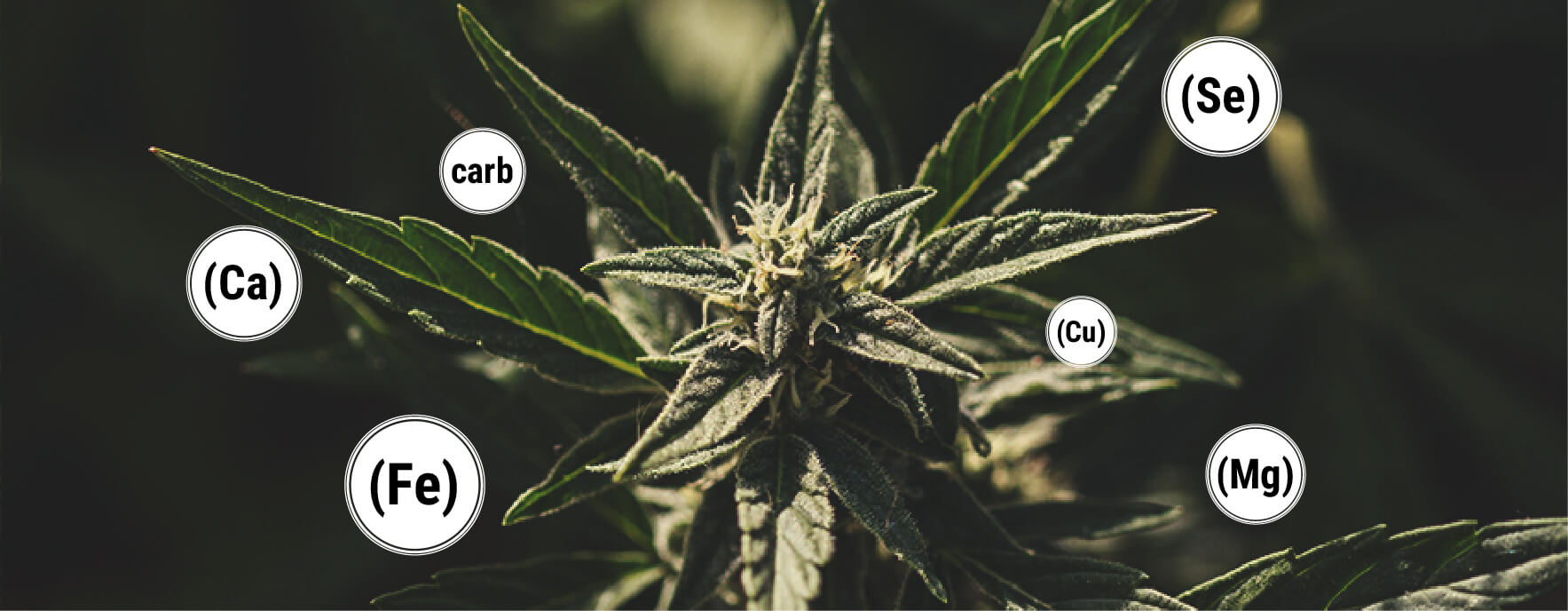
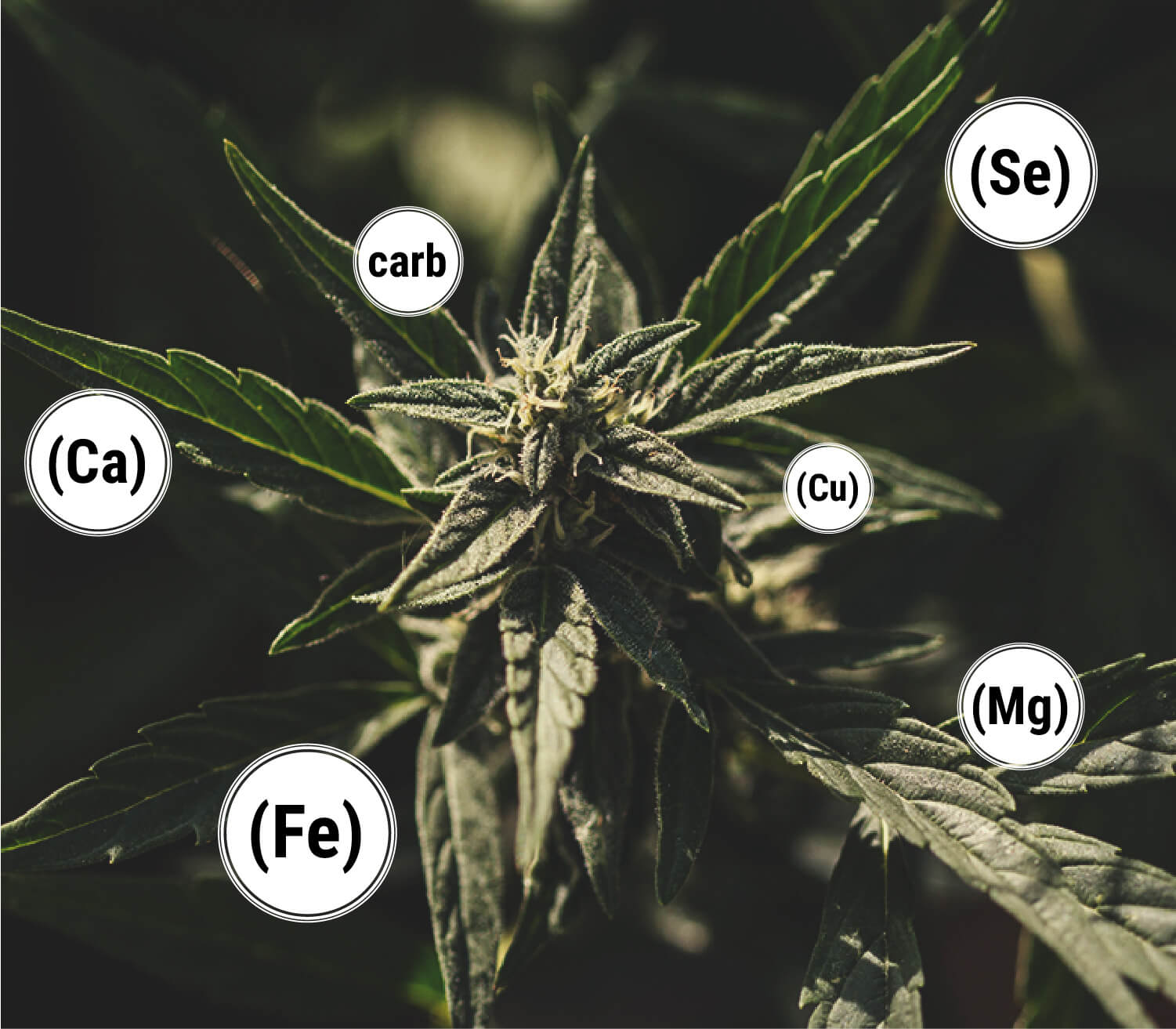
Types of Molasses
Now you know the many benefits that molasses can offer the cannabis grower, from key plant nutrients to sugars that feed microbial life[5]. When shopping for molasses, you’ll quickly discover a few different types. Check out the differences below to see which is ideal for weed.
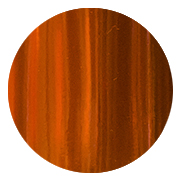
-
Light Molasses
Light molasses, also known as “first” or “sweet” molasses, is less rich and lighter in colour than other options. It is made from the first boiling of either beet juice or sugar cane. Light molasses is, as you might guess, light in colour and offers a milder, or sweeter, flavour that is more palatable because only a small percentage of the sugar has been extracted. You’ll find light molasses mainly in baked goods, marinades, and sauces.
-
Light Molasses
Light molasses, also known as “first” or “sweet” molasses, is less rich and lighter in colour than other options. It is made from the first boiling of either beet juice or sugar cane. Light molasses is, as you might guess, light in colour and offers a milder, or sweeter, flavour that is more palatable because only a small percentage of the sugar has been extracted. You’ll find light molasses mainly in baked goods, marinades, and sauces.
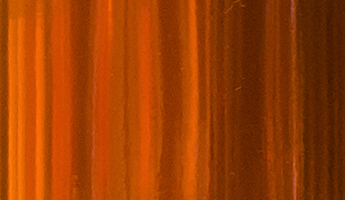
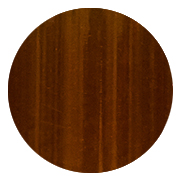
-
Medium or Dark Molasses
Dark or “second” molasses is deeper in colour and made following the second boil of sugar cane or beet juice. These types feature a much stronger flavour than light molasses, and the dark colour stems from the increased concentration of carbohydrates. Dark molasses is less sweet and provides the underlying flavour of gingerbread cookies.
-
Medium or Dark Molasses
Dark or “second” molasses is deeper in colour and made following the second boil of sugar cane or beet juice. These types feature a much stronger flavour than light molasses, and the dark colour stems from the increased concentration of carbohydrates. Dark molasses is less sweet and provides the underlying flavour of gingerbread cookies.


-
Blackstrap Molasses
Blackstrap molasses takes richness and darkness to another level. It results from a third boil, and as such is far less sweet and much more bitter than others. Blackstrap molasses is extremely viscous, dense, and often appears in savoury recipes such as baked beans.
-
Blackstrap Molasses
Blackstrap molasses takes richness and darkness to another level. It results from a third boil, and as such is far less sweet and much more bitter than others. Blackstrap molasses is extremely viscous, dense, and often appears in savoury recipes such as baked beans.


-
Treacle
Treacle differs from molasses in that it features less sucrose and appears much lighter. Although sweeter than all types of molasses, it also possesses a slightly bitter edge. However, much like molasses, treacle also comes from the boiling of raw juice. Manufacturers simply remove the syrup from the boil earlier in the process.
-
Treacle
Treacle differs from molasses in that it features less sucrose and appears much lighter. Although sweeter than all types of molasses, it also possesses a slightly bitter edge. However, much like molasses, treacle also comes from the boiling of raw juice. Manufacturers simply remove the syrup from the boil earlier in the process.

-
Sulphured vs Unsulphured Molasses
Sometimes, manufacturers add sulphur dioxide to their molasses. This acts as a preservative and enhances the shelf-life of the product. However, this process can impact the flavour of molasses and also make it unsuitable for use in the garden.
As far as taste goes, the addition of sulphur dioxide leaves molasses with a chemical flavour. The preservative also acts to kill microbes, which means it will damage beneficial communities within your soil. For this reason, always choose unsulphured molasses for use in the garden.
Molasses or Honey?
If molasses contains sugars that help microbes thrive and plants grow, why not use honey instead? Honey contains plenty of sugar, and even works as a rooting stimulant when cloning cuttings. However, molasses brings more than just sugar to the table. Large quantities of essential nutrients make molasses the superior choice when aiming for massive yields.
How and When To Use Molasses in Cannabis Growing
So, with the above knowledge in mind, how should you go about using molasses when it comes to growing weed? Check out the techniques below to discover different ways to use molasses in your garden or grow room.
Which Type of Molasses Is the Best for Cannabis?
Before we delve into how to use it, let’s settle on the best type of molasses to use. We recommend aiming for unsulphured blackstrap molasses. This thick and dark version offers a much more concentrated source of sugars that will kick the microbial life in your soil into overdrive.
Want to leverage molasses like a pro? Download our Pro Growing Guide for exact mix ratios, PPM/pH targets, and practical soil-health tips that maximize every molasses feed.
Free Advanced
Growing Guide!
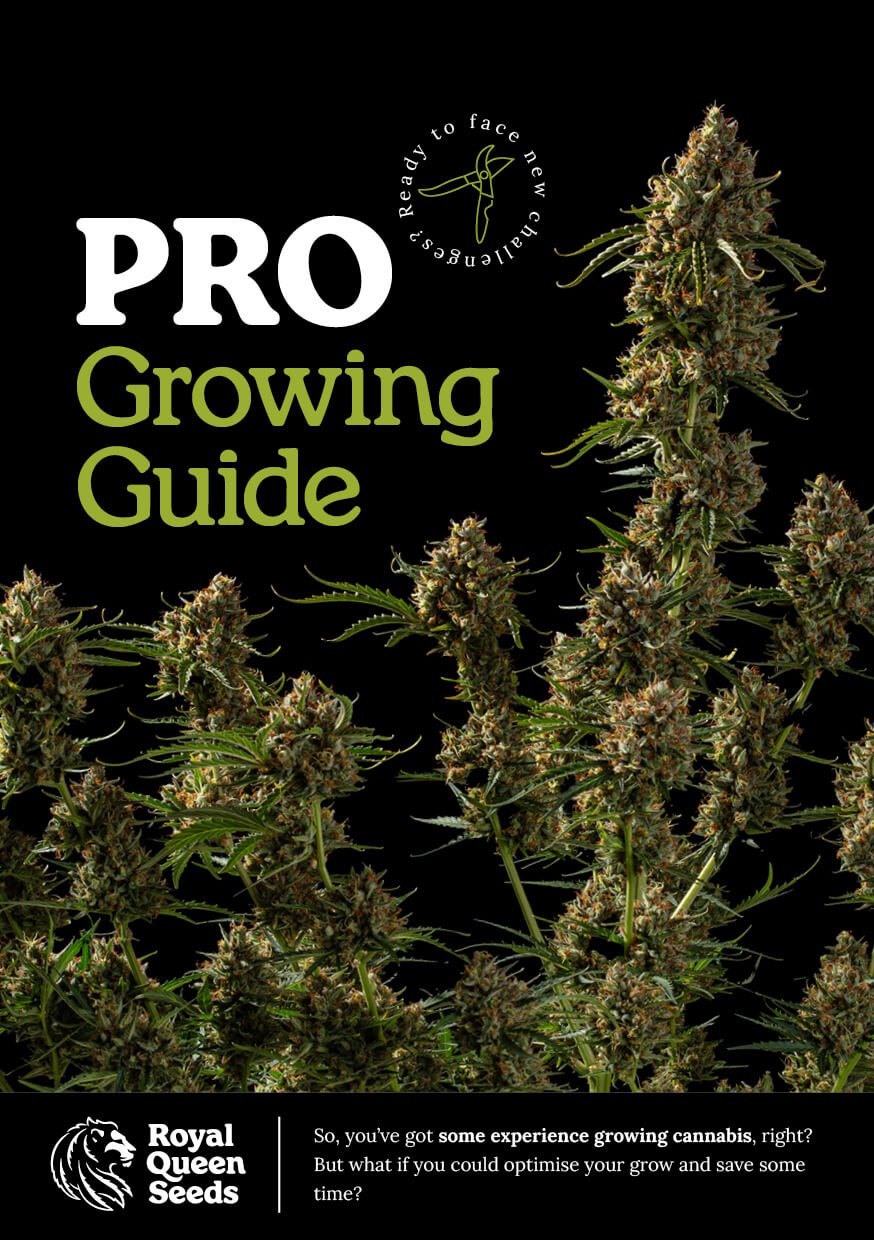
Using Molasses in Soil
You can enhance your soil with molasses quickly and easily. There are two ways to add it to your growing medium, either through water or in its dry form.
Watering With Molasses
Use these steps to water your plants with molasses:
- Fill up a watering can with lukewarm water.
- Add 4–5ml of molasses per litre of water and stir thoroughly.
- Maintain this concentration throughout the vegetative phase and apply 1–2 times per week.
- Keep a close eye out for any signs of nutrient burn, and dial back your feeding if you see these occur.
- Increase the dose to 8–10ml during the flowering stage to meet increased demand for potassium.
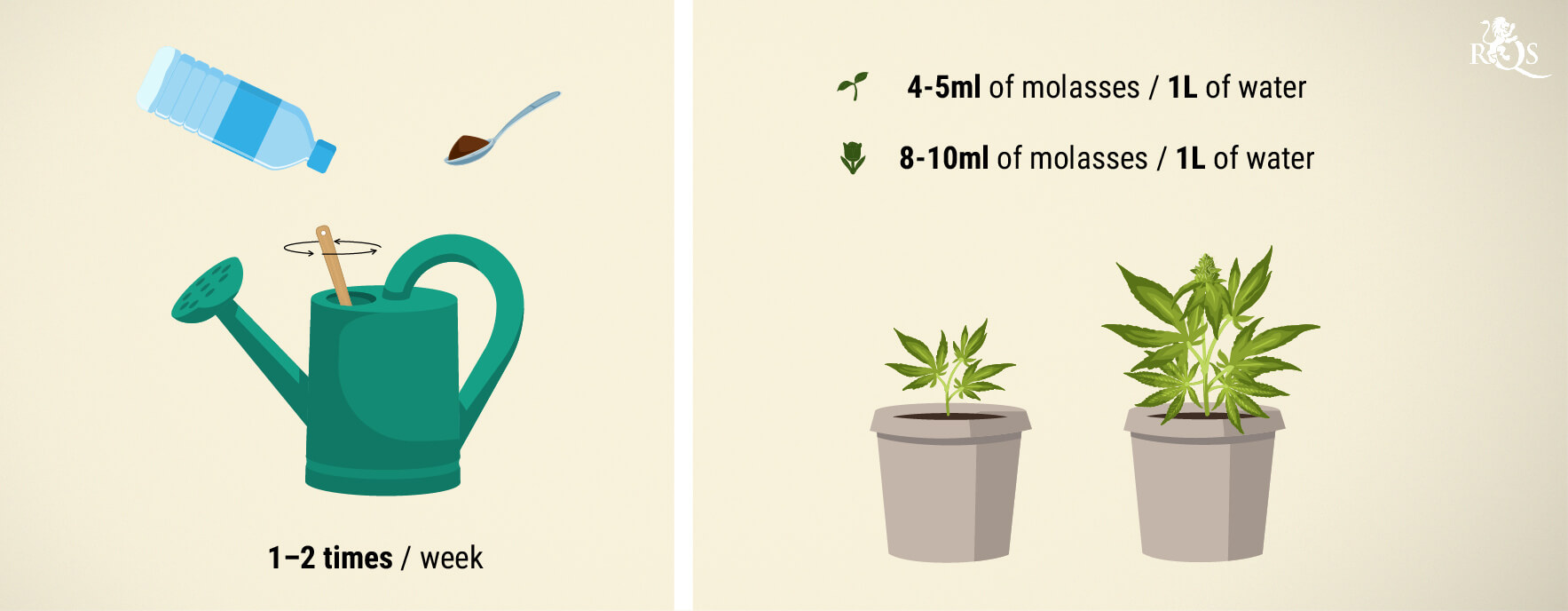
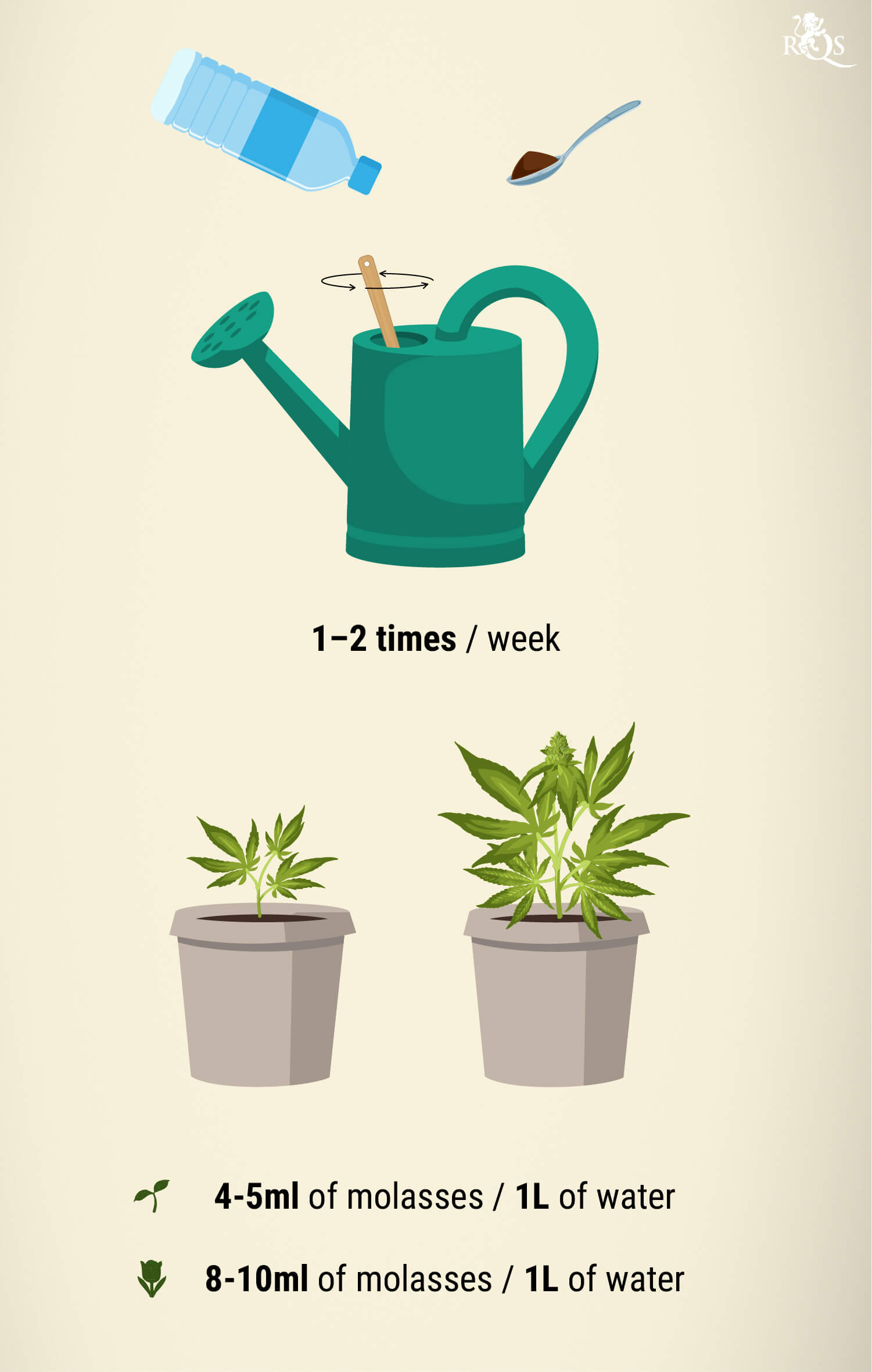
Improve the Soil With Dry Molasses
Dry molasses is a mix of grains drenched with molasses. Here’s how to use it.
- Use a scoop to measure out 500g of molasses.
- Apply this volume for every 4–6m² of soil to enrich your growing medium at the start of the growing cycle.
- Apply the same quantity just below the topsoil at the start of the flowering phase.
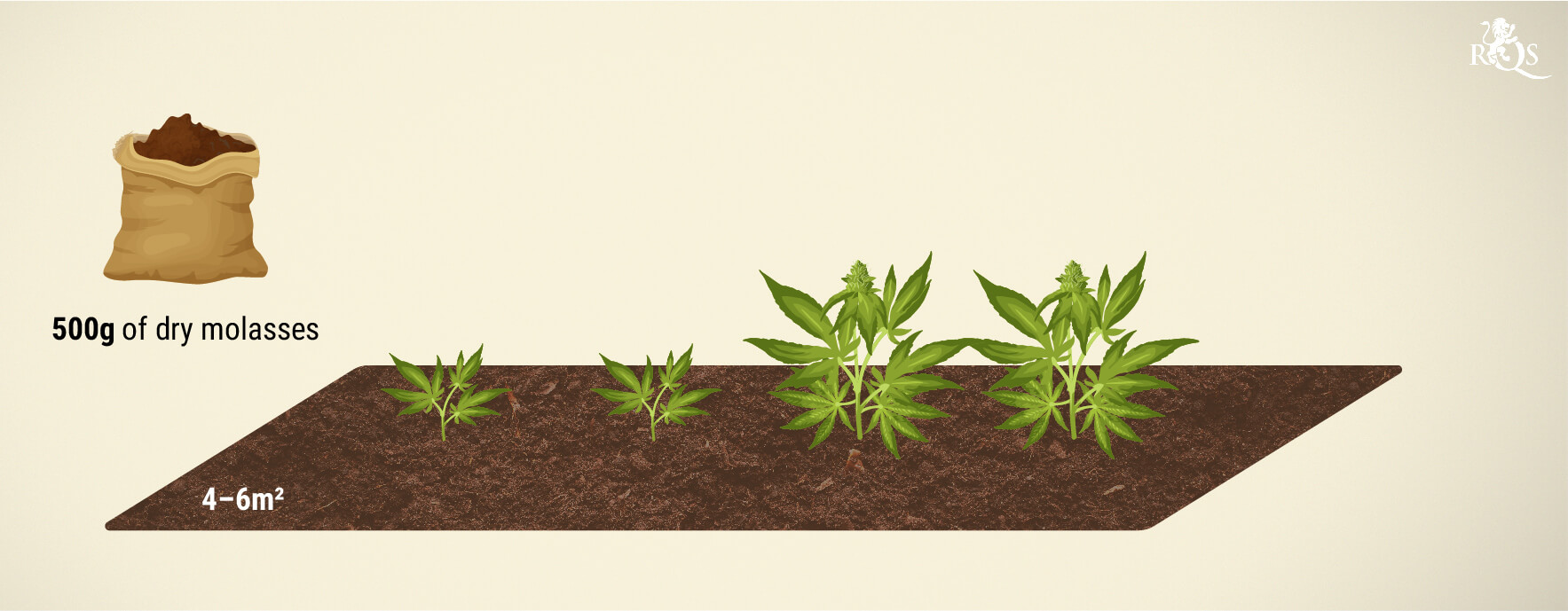
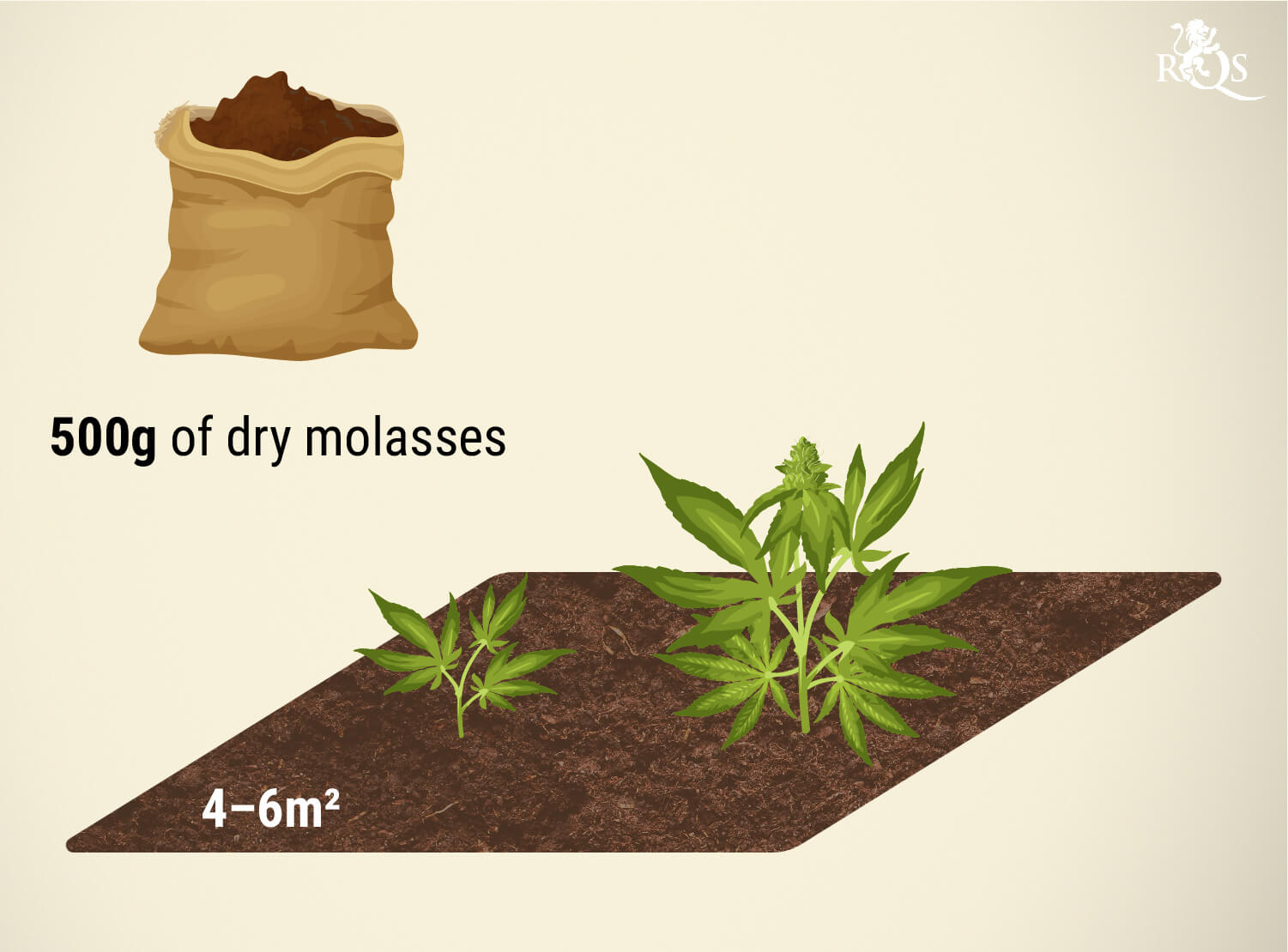
Using Molasses as a Foliar Spray
Foliar sprays allow nutrients to pass directly through the leaves via the epidermis and tiny stomata (pores). This allows growers to rapidly address any signs of deficiency.
To make your own molasses foliar spray, use these steps:
- Add one litre of lukewarm water into a spray bottle.
- Add a quarter of a teaspoon of molasses into the bottle.
- Mix the solution thoroughly by stirring and shaking.
- Spray liberally onto the leaves of your cannabis plants.
- Reapply once every two weeks throughout the growing cycle.
Using Molasses as a Natural Insecticide
You can also use the above formula to deal with pest insects[6]. Not only will this preparation deliver key nutrients directly through the leaves, but it will also help to prevent and dislodge sucking insects that do damage to leaves, stems, and branches.
This formula works well at dealing with pest insects such as aphids, whiteflies, and lace bugs.
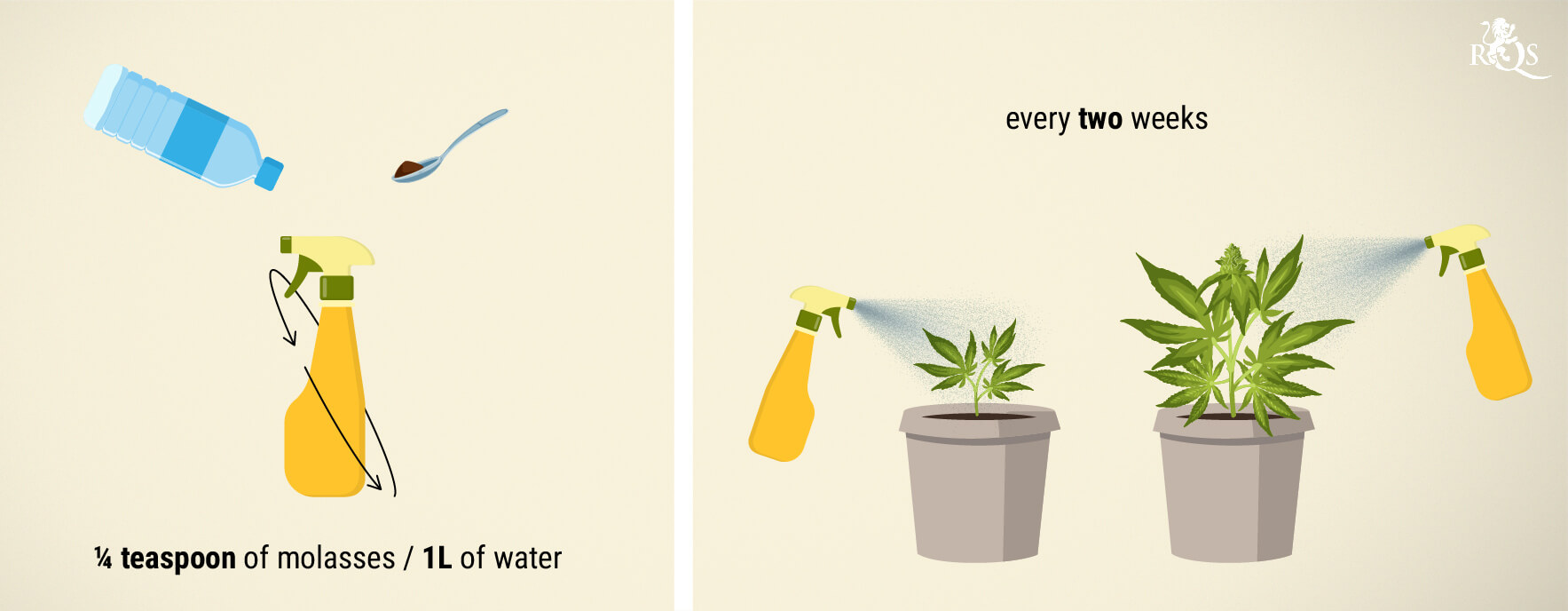
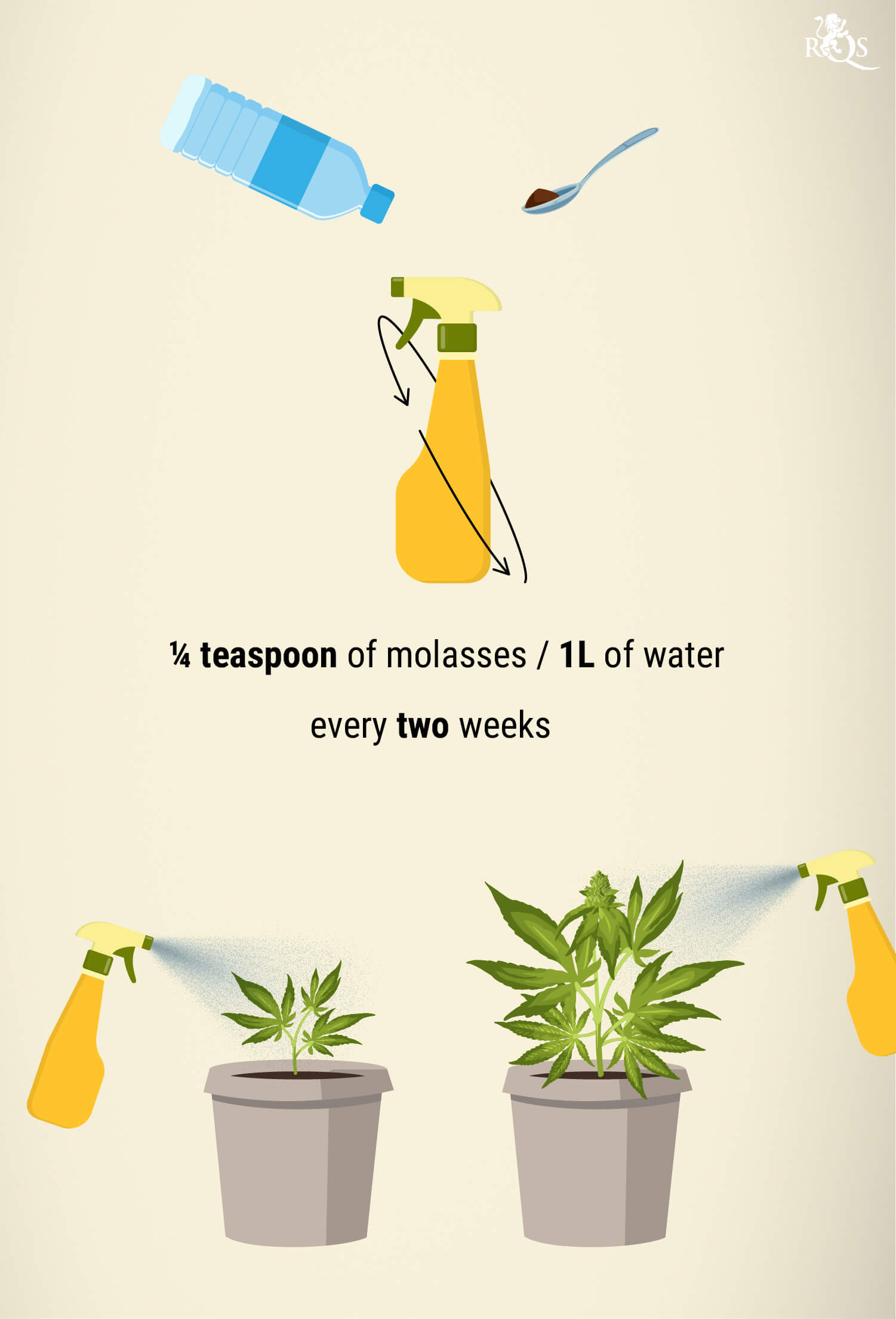
Using Molasses in Compost Tea
Compost tea harnesses the power of microbial life and crucial nutrients[7]. These formulas blast plants with life-giving substances that help to boost plant health and increase your productivity.
Add one teaspoon of unsulphured blackstrap molasses to your compost tea preparation to bestow more carbohydrates and yield-enhancing minerals.
Tips for Using Molasses With Cannabis
Using the recipes and methods above will help to increase the health of your plants and soil while improving yields along the way. The tips presented below will help you refine the skill of working with molasses when growing cannabis. Learn when to stop using it, how to combine it with other amendments, and what the best alternatives are.
-
When To Stop Using Molasses
Using molasses can become problematic under some circumstances[8]. For example, it’s possible to give your plants too much of a good thing. When you add too many nutrients to the soil, the roots and leaves can become burnt. If you spot signs of nutrient burn, stop applying molasses until the problem resolves.
-
Combining Molasses With Rhizobacteria
Molasses helps to feed the microbes that already exist in the soil. But you can add an extra punch to your preparation by adding rhizobacteria as well[9]. This type of bacteria does a world of good by helping to free up nutrients and combating pathogens.
-
Molasses vs Commercial Supplements
Take a look at the ingredients list on a lot of organic supplements. Notice anything consistent? Loads of them contain molasses! Molasses achieves very similar results to a lot of pre-made solutions available on the shelves. However, some of these products contain additional goodies, and some growers simply prefer to use these supplements instead of taking the time to make their own.
-
Molasses Alternatives
Molasses is easily one of the cheapest and most effective soil enhancers out there. However, if you can’t access molasses, there are a few alternatives that also work well. These include:
- Honey
- Agave
- Corn syrup
Why Molasses Is Excellent for Healthy Cannabis Plant Growth
Molasses contains a huge array of crucial minerals needed for weed plants to survive and thrive. Alongside this massive benefit, it helps to bring the soil to life by feeding beneficial bacteria and fungi. This then enables plants to tap into even more nutrients already present in the soil. The best part? Molasses is inexpensive but super effective!
- The effects of fulvic acid and sugar cane molasseson yield and qualities of tomato https://irjabs.com
- Experimental investigation of molasses as a sole nutrient for the production of an alternative metabolite biosurfactant https://www.sciencedirect.com
- The Effects of Sugar Beet Molasses Applications on Root Yield and Sugar Content of Sugar Beet https://www.biotechstudies.org
- Effect of Molasses and Organic Fertilizer in Soil fertility and Yield of Spinach in Khotang, Nepal https://www.nepjol.info
- Evaluation of baker's yeast strains exhibiting significant growth on Japanese beet molasses and compound analysis of the molasses types https://www.sciencedirect.com
- Effect of Molasses as a Spray Additive for Control of the Bollworm and Tobacco Budworm https://academic.oup.com
- Effect of Molasses on Regrowth of E. coli O157:H7 And Salmonella in Compost Teas https://www.tandfonline.com
- Efecto del uso de melaza y microorganismos eficientes sobre la tasa de descomposición de la hoja de caña (Saccharum officinarum) https://dialnet.unirioja.es
- Plant Associated Rhizobacteria for Biocontrol and Plant Growth Enhancement https://www.frontiersin.org
 Grow Guide Topic Finder
Grow Guide Topic Finder
- Growing weed step by step
- Cannabis growing basics
- Choosing your seeds
- How to germinate seeds
- The cannabis vegetative stage
- The cannabis flowering stage
- Harvesting cannabis
- Trimming, drying, and curing
- Choosing pots and soil
-
Growing indoors
- A Complete Overview Of Growing Cannabis Indoors
- Cannabis Cultivation Tips: How To Set Up Indoor Grow Lights
- How Many Cannabis Plants Can You Grow Per Square Metre?
- Indoor Cannabis Growing: Relative Humidity and Temperatures
- Hydroponics Cannabis Growing Guide (with diagrams)
- Cannabis Micro Growing: Growing Great Weed in Tiny Spaces
- Growing outdoors
- How to grow autoflowering cannabis
- Cannabis nutrients and pH
- Cannabis troubleshooting: Nutrients
-
Cannabis troubleshooting: Growing
- Cannabis Seed Germination — Troubleshooting Guide
- How to Deal With Pythium (Root Rot) in Cannabis Plants
- Slow Cannabis Plant Growth And What You Can Do About It
- How to Deal With Leggy Cannabis Seedlings
- Watering Your Cannabis: How to Fix Overwatering and Underwatering
- Understanding Male, Female, And Hermaphrodite Cannabis
- Identifying and Treating Common Cannabis Ailments
- How To Revive a Sick Cannabis Plant
- How to Avoid Mouldy Weed During Drying and Curing
- How to Prevent and Treat Dry and Crispy Cannabis Leaves
- What Cannabis Leaves Can Tell You
- Causes and Solutions for Yellow Cannabis Leaves
-
Cannabis Strains Grow Report
- HulkBerry Automatic Grow Report
- Blue Cheese Auto Grow Report
- Purple Punch Automatic Strain Grow Report
- Triple G Automatic Grow Report
- Do-Si-Dos Automatic Grow Report
- Green Gelato Automatic Grow Report
- Haze Berry Automatic Grow Report
- Purple Queen Automatic Grow Report
- Cookies Gelato Automatic Grow Report
- Sherbet Queen Automatic Grow Report
- Sweet Skunk Automatic Grow Report
- Medusa F1 Grow Report
- Cannabis plant training
-
Weed growing tips
- The Cannabis Plant Anatomy
- How to preserve seeds - UK
- How Much Sunlight Do Outdoor Cannabis Plants Need To Grow?
- How to Control and Prevent Stretching in Cannabis Plants
- My Cannabis Plants Are Growing Too Tall: What Should I Do?
- Should You Worry About Purple Or Red Cannabis Stems?
- What To Do When Your Indoor Cannabis Won’t Flower
- How To Protect Your Cannabis Plants From Heat Stress
- How To Tell If Your Female Cannabis Plant Has Been Pollinated
- Growing Medical Marijuana
- Bud Washing: How to Clean Your Weed
- Understanding Cannabis Yield per Plant


























